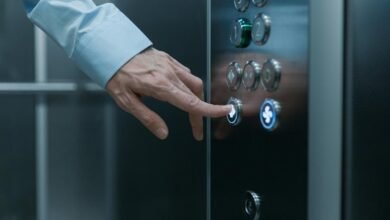Case Tracking Reference: 18008902924

The complexities of Case Tracking Reference 18008902924 reveal significant hurdles in legal proceedings. Communication breakdowns and resource allocation issues have created obstacles among diverse stakeholders, complicating collaboration efforts. Despite these challenges, steps have been initiated to resolve the situation through regular meetings and improved communication channels. The implications of this case raise critical questions about stakeholder engagement and the effectiveness of current legal processes, inviting further exploration into its outcomes.
Overview of Case 18008902924
Case 18008902924 presents a multifaceted scenario involving various legal and procedural elements.
The case background reveals a complex interplay among key stakeholders, including plaintiffs and defendants, whose interests shape the proceedings.
Legal frameworks and precedents play crucial roles in guiding the decisions made throughout the case.
Understanding these dynamics provides insights into the broader implications for justice and individual rights within the legal system.
Challenges Faced During the Process
Throughout the proceedings of Case 18008902924, numerous challenges emerged that complicated the legal landscape. A significant communication breakdown between stakeholders hindered effective collaboration, resulting in misunderstandings and delays.
Additionally, inadequate resource allocation exacerbated these issues, limiting access to essential information and expertise. These factors created obstacles that not only affected timelines but also threatened the overall integrity of the legal process.
Steps Taken for Resolution
In light of the challenges faced during the proceedings, stakeholders implemented a series of strategic measures aimed at fostering resolution.
These resolution strategies included regular meetings to assess tracking progress, enhancing communication channels, and engaging third-party mediators.
Lessons Learned From Case Management
Evaluating the case management process revealed several critical lessons that can enhance future endeavors.
Effective communication emerged as paramount, ensuring all parties remained informed and aligned.
Additionally, robust stakeholder engagement facilitated collaboration, fostering a sense of ownership among participants.
These insights underscore the necessity of clear dialogue and active involvement, ultimately driving more successful outcomes in future case management initiatives.
Conclusion
In summary, Case 18008902924 exemplifies the intricate dance of legal processes where missteps can lead to discord. Just as a well-orchestrated symphony requires each musician to communicate and harmonize, so too does a successful legal case demand robust stakeholder engagement and clear dialogue. The challenges faced serve as a reminder that without coordination, even the most skilled individuals can produce cacophony rather than clarity, underscoring the vital need for enhanced communication strategies in legal frameworks.




